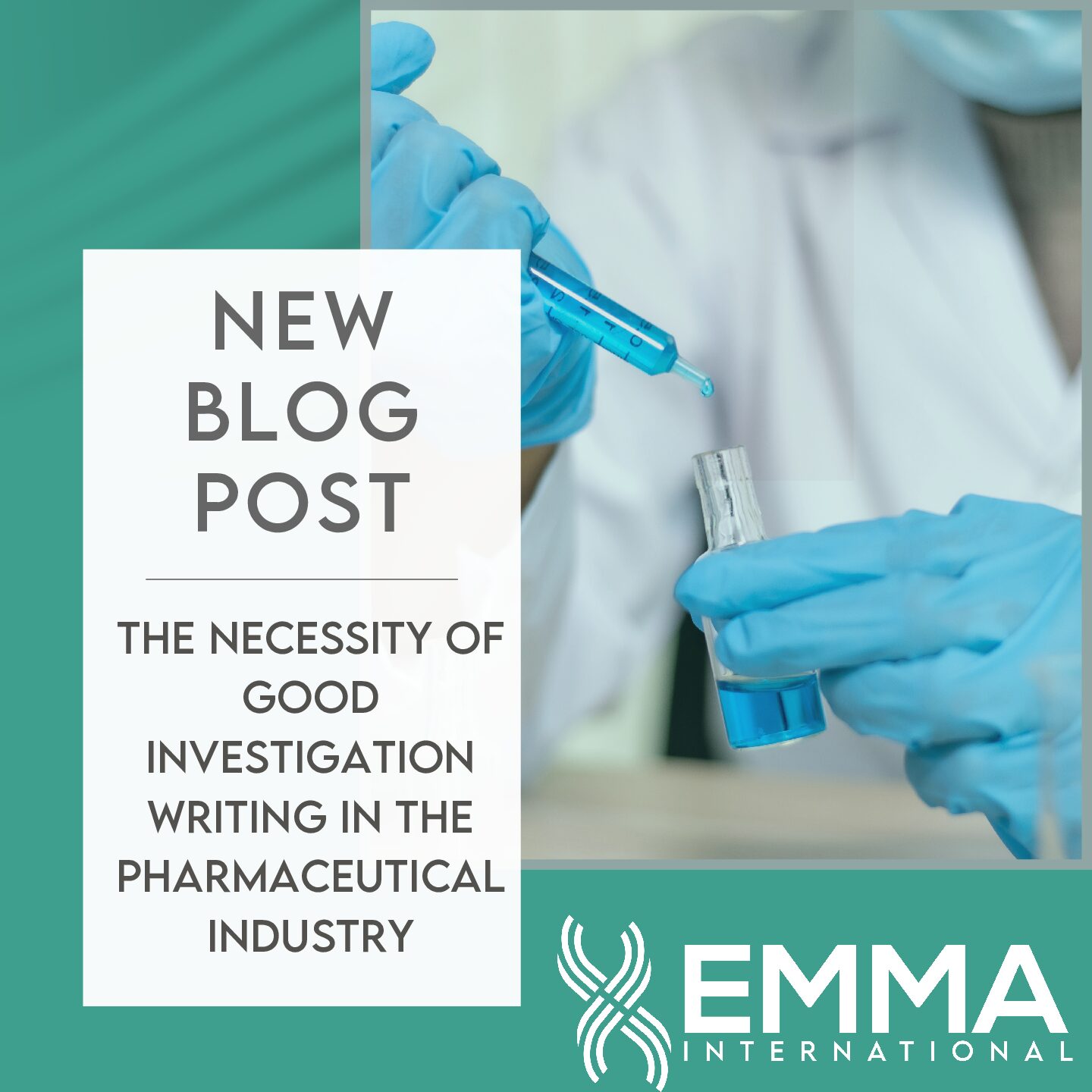Complying with all regulatory requirements for a regulated product is a massive challenge. Meeting all labeling requirements is one part of that challenge. Labeling requirements differ depending on the type of product, medical device, pharmaceutical, biologic, cosmetic, etc. Additionally, even the same types of products may have different requirements depending on their classification. For example, in the United States a Class I medical device will have different label requirements than a Class II or III device. Medical device labeling in particular can be difficult, check out this blog to learn more about the FDA requirements for medical devices.
Of course, labeling requirements also differ depending on the market the product is being sold in. The United States and the European Union have many differences between the two markets, despite also having many similarities. In order to be ready to meet the needs of multiple markets, it is better to first have a clear of what markets the products are likely to be sold in and then design the label based on the requirements of all the individual markets. Alternatively, a label could be designed for each individual market, though this option will almost certainly cost more.
It is important to note that even if two products are extremely similar to each other one small difference may lead to different labeling requirements. For example, two versions of a product, one with CBD and one without, will have different requirements due to the CBD. The FDA has specific guidelines for the labeling of products with CBD included.
There are specific rules that pertain to almost everything on a label. What symbols can be used, what warnings need to be on the label, does it need ingredients listed, who made the device, etc. All these different parts of the label and more are regulated. Even the font size of the wording on the label is regulated, and even that differs depending on the size of the label and if it is a warning, nutrition facts, or other wording.[1]
The reason the labeling requirements of products are so stringent is that the user needs to know what the product actually is. They need to understand how to use the product, how to dispose of it, if there are any risks of using it, etc. The FDA and other regulatory bodies around the world create these strict label regulations in order to ensure that the need of the user is being met. The regulatory bodies do their best to ensure that the regulations are clear but even then they can still be very confusing. EMMA International can help understand all the different label requirements. Whether it is labeling for a medical device or an over-the-counter dietary supplement, EMMA International’s team of experts can help ensure your products fulfills all regulatory requirements. EMMA International provides Full Circle Consulting services, give us a call at 248-987-4497 or email us at info@emmainternational.com to get in touch with our team of experts today.
[1] FDA (April 2005) Dietary Supplement Labeling Guide, Retrieved 02/13/2022 from https://www.fda.gov/food/dietary-supplements-guidance-documents-regulatory-information/dietary-supplement-labeling-guide






